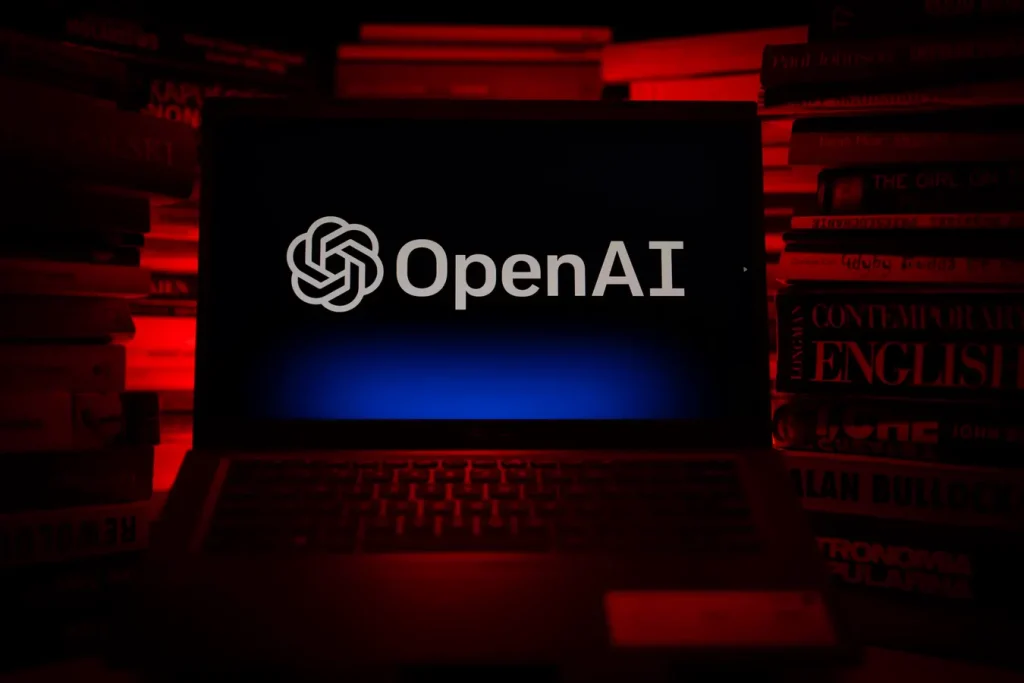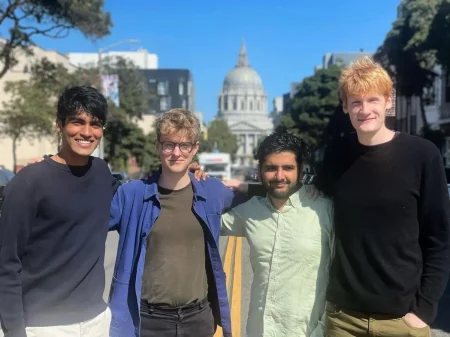When AI Becomes a Clue: How ChatGPT Led to an Alleged Darkweb Criminal
In an unprecedented twist of digital detective work, federal agents utilized information from ChatGPT to help identify a suspected administrator of darkweb child exploitation sites. This marks the first known instance where federal authorities have served OpenAI with a search warrant requesting user data, opening a new chapter in how law enforcement navigates the evolving landscape of artificial intelligence tools in criminal investigations. The case, recently unsealed in Maine, reveals how seemingly innocent AI interactions can become crucial evidence in serious criminal investigations, especially when suspects inadvertently reveal personal details through their prompt history.
The investigation began conventionally enough, with Homeland Security Investigations (HSI) agents working undercover on darkweb platforms dedicated to child exploitation. For years, they had been struggling to identify the administrator of multiple such sites with a combined user base exceeding 300,000. The breakthrough came during an undercover conversation when the suspect casually mentioned using ChatGPT and even shared specific prompts they had entered. These included a hypothetical scenario about “Sherlock Holmes meeting Q from Star Trek” and a request for a 200,000-word poem that resulted in “a humorous, Trump-style poem about his love for the Village People’s Y.M.C.A.” While the content of these prompts appeared innocuous, the mere fact they existed gave investigators something concrete to pursue – a digital breadcrumb leading away from the anonymous Tor network where suspects typically feel protected.
The federal search warrant requested extensive information from OpenAI, including all conversations associated with the account, personal details like names and addresses, and any payment information connected to the user. This represents a significant evolution in digital investigation techniques. While law enforcement has previously requested search histories from companies like Google, this case appears to be the first public example of a “reverse AI prompt request” – using the content of prompts to identify a suspect rather than using a suspect’s identity to find incriminating prompts. OpenAI complied with the search warrant, providing investigators with data in the form of an Excel spreadsheet, though the specific contents remain undisclosed. This compliance aligns with OpenAI’s transparency report, which indicates the company responded to 71 government requests for information affecting 132 accounts between July and December of the previous year.
Interestingly, the ChatGPT data ultimately proved supplementary rather than decisive in identifying the suspect. Investigators gathered crucial information through their undercover conversations, during which the suspect revealed connections to the U.S. military, including having lived in Germany for seven years and having a father who served in Afghanistan. These personal details allowed investigators to narrow their focus to 36-year-old Drew Hoehner, who had worked at Ramstein Air Force Base in Germany and had applied for further Department of Defense positions. Hoehner now faces charges of conspiracy to advertise child sexual abuse material, though he has not yet entered a plea. The case demonstrates how conventional undercover work, combined with new digital investigation techniques, can break through the anonymity that darkweb criminals rely upon.
The darkweb sites allegedly managed by Hoehner were sophisticated operations with hierarchical structures, featuring teams of administrators and moderators who awarded badges and commendations to contributors. These platforms included various subcategories of illegal material, including one specifically dedicated to AI-generated child sexual abuse material. This intersection of criminal exploitation and artificial intelligence represents a growing concern for law enforcement agencies worldwide. It highlights how new technologies create not only new investigative opportunities but also new avenues for criminal activity that require innovative approaches to detection and prosecution.
This case serves as a watershed moment in digital investigations, demonstrating that even when using encrypted networks like Tor, criminals can expose themselves through their use of mainstream services like ChatGPT. It also raises important questions about privacy, data retention, and the responsibilities of AI companies. While OpenAI’s systems are designed to reject explicit requests for illegal content – reporting over 31,500 pieces of CSAM-related content to the National Center for Missing and Exploited Children in a six-month period – they still maintain records that can link users to their interactions. As AI continues to integrate into our daily lives, both law enforcement and privacy advocates will need to navigate the complex balance between using these tools to catch dangerous criminals and protecting the privacy of legitimate users. The digital breadcrumbs we leave behind, even in seemingly innocent interactions with AI, may prove more revealing than many users realize.















